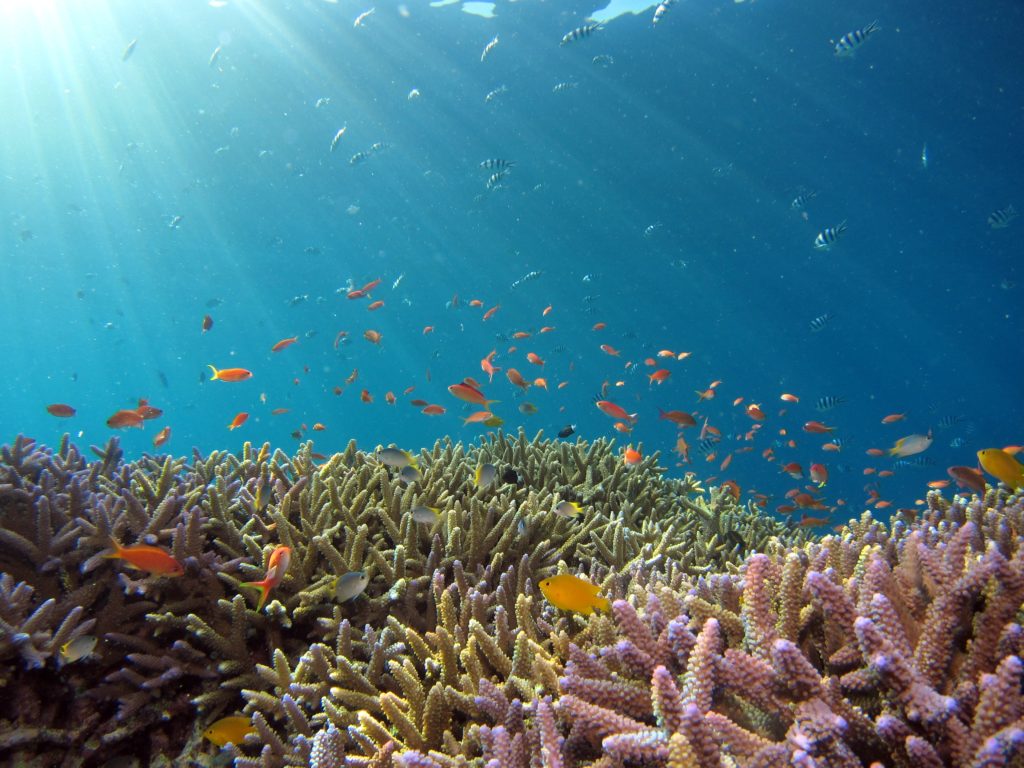Snorkeling, the underwater adventure that allows individuals to explore the mesmerizing beauty of the ocean while floating on the water’s surface, has a rich and fascinating history that spans centuries. From its humble beginnings to the sophisticated and popular activity we know today, the evolution of snorkeling is a tale of human curiosity, innovation, and a deep-seated desire to connect with the mysteries hidden beneath the waves.
Ancient Roots:
The roots of snorkeling can be traced back to ancient times when civilizations such as the Greeks and Romans explored the underwater world using rudimentary devices. Aristotle documented early diving methods in his work, noting the use of hollow plant stems as primitive snorkels. These early snorkels allowed individuals to breathe while keeping their faces submerged, offering a glimpse into the underwater realm.
Pearl Diving and Sponge Harvesting:
In various cultures throughout history, snorkeling found practical applications in activities like pearl diving and sponge harvesting. In places like Japan and the Mediterranean, divers used hollow reeds to breathe while searching for valuable resources beneath the waves. These early forms of snorkeling were driven by necessity and the pursuit of sustenance.
The Emergence of Snorkeling for Recreation:
While snorkeling had practical uses, it wasn’t until the 20th century that it began to gain popularity as a recreational activity. French naval officer and explorer Jacques-Yves Cousteau played a pivotal role in the development of modern snorkeling. Cousteau, along with engineer Emile Gagnan, invented the Aqua-Lung in 1943, a self-contained underwater breathing apparatus (SCUBA) that revolutionized underwater exploration.
The Aqua-Lung made snorkeling more accessible to the general public, allowing individuals to explore the underwater world with greater ease and safety. This breakthrough marked the beginning of a new era for snorkeling, transforming it from a niche activity into a widely enjoyed pastime.
Commercialization and Global Appeal:
As technology continued to advance, the 1960s and 1970s witnessed the commercialization of snorkeling equipment. Companies began producing affordable and user-friendly snorkeling gear, including masks, fins, and snorkels, making it even more accessible to enthusiasts worldwide.
The allure of vibrant coral reefs, exotic marine life, and crystal-clear waters drew people to tropical destinations, further fueling the global appeal of snorkeling. Today, snorkeling is a popular activity for tourists and locals alike, with destinations like the Great Barrier Reef, the Maldives, and Hawaii ranking among the world’s top snorkeling spots.
Conclusion:
From humble beginnings rooted in ancient civilizations to the modern recreational activity enjoyed by millions, the history of snorkeling is a testament to human ingenuity and our innate desire to explore the wonders of the underwater world. As technology continues to advance, it’s exciting to imagine what the future holds for this beloved water activity and the new discoveries that await those who venture beneath the surface.

